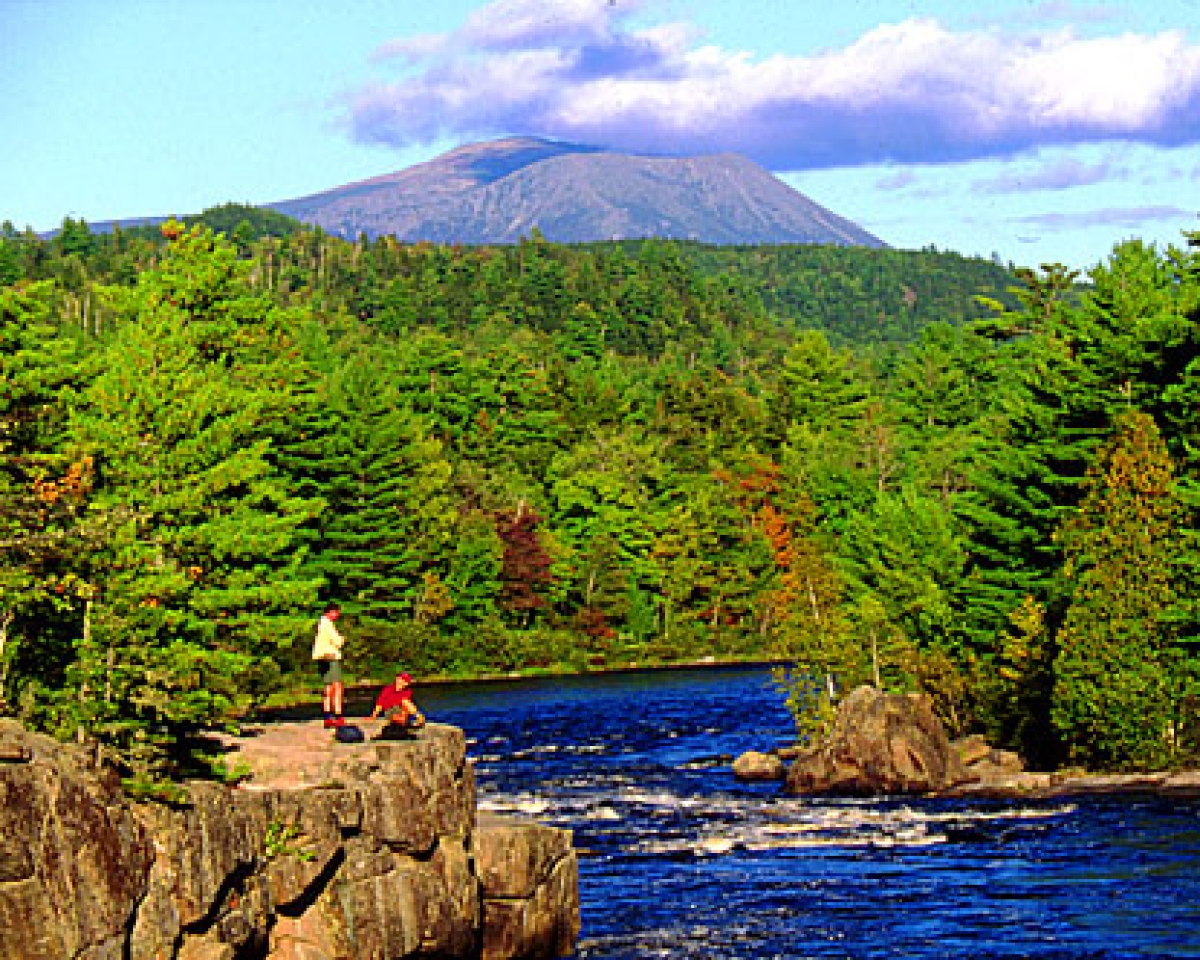I was later disappointed to learn that his presentation is misleading. 'He does not hike the trail in the normal way that we assume. Nor does he admit that in his show.' He does not start at one end and hike to the other, non-stop, carrying everything in a pack on his back, with a half-dozen food and fuel caches along the route.' So what does he do?' He has a support crew in a van that follows along nearby highways to bring him food and supplies every couple days, carry him to restaurants and hotels and generally make life easier.'
But still, he does carry a self-sufficient set of gear some of the time, and he stays on the trail for 2 ' 3 days at a time.' He walks every mile of the trail at nearly super-human speed.' He one time held the record (since broken) of hiking the entire trail in 66 days.' This period yields an astonishing...punishing...Herculean'rate of 32 miles per day, every day, for over 2 months.' All while crossing dozens (hundreds?) of mountains and ridges over 5,000 feet altitude, and a few over 6,000 feet.' Much of it in rough, rocky, muddy, slippery conditions.'
So, clearly, he has long distance backpacking down to an art and a science.' A listener can learn some things from him.' For example, his pack weight is about 20 pounds, which is half the normal weight.' How does he do it?' With mental rigor as much as physical.' Many things that even experienced campers think are necessary, he skips.' No sturdy leather boots ' just cheap tennis shoes that he wears out and replaces.' No tent ' just a plastic sheet.' No canteen, water filter or purification tablets ' just drinking from known and published springs spaced frequently along the route.' No stove, cook kit, utensils or condiments ' just non-cook food, like crackers, beef jerky and peanut butter.' No change of clothes ' just carry what he is wearing [remember the frequent hotels and showers].' No toiletries ' just go naturally in the woods and swish his mouth with water.'
He takes pride in how little his sport costs.' He once covered an entire trip in $5 worth of shoes: three pair of $1 discount sneakers and one tube of $2 rubber glue.'
He takes his cues from four sources.' (1) Nature: do deer carry a canteen? '(2) Skepticism: just because the National Park Service posted a sign that this spring water should be boiled does not mean that he has to do so.' (3) Experience: he actually remembers from prior trips where the springs are located and can adjust how much water he needs to drink until the next one.' (4) 'Himself: if he wants to eat Little Debbie snack cakes every day, then he can.
For me, listening to him was not so much a revelation, since I already knew most of the things he said.' It was more a feeling of finding a kindred spirit.' It was a validation of many things which I have been doing for years that my friends ridicule.' You don't use toothpaste'or toilet paper'or stove'or sunscreen? 'What are you, a troglodyte?''
After his speech, we talked, and I was able to tell him a trick he had not thought of: to shave a few more ounces from my pack, I leave my tent poles at home and use a special hiking staff that I invented, which splits into two poles with adjustment holes and cords, and tie my tarp to them.



